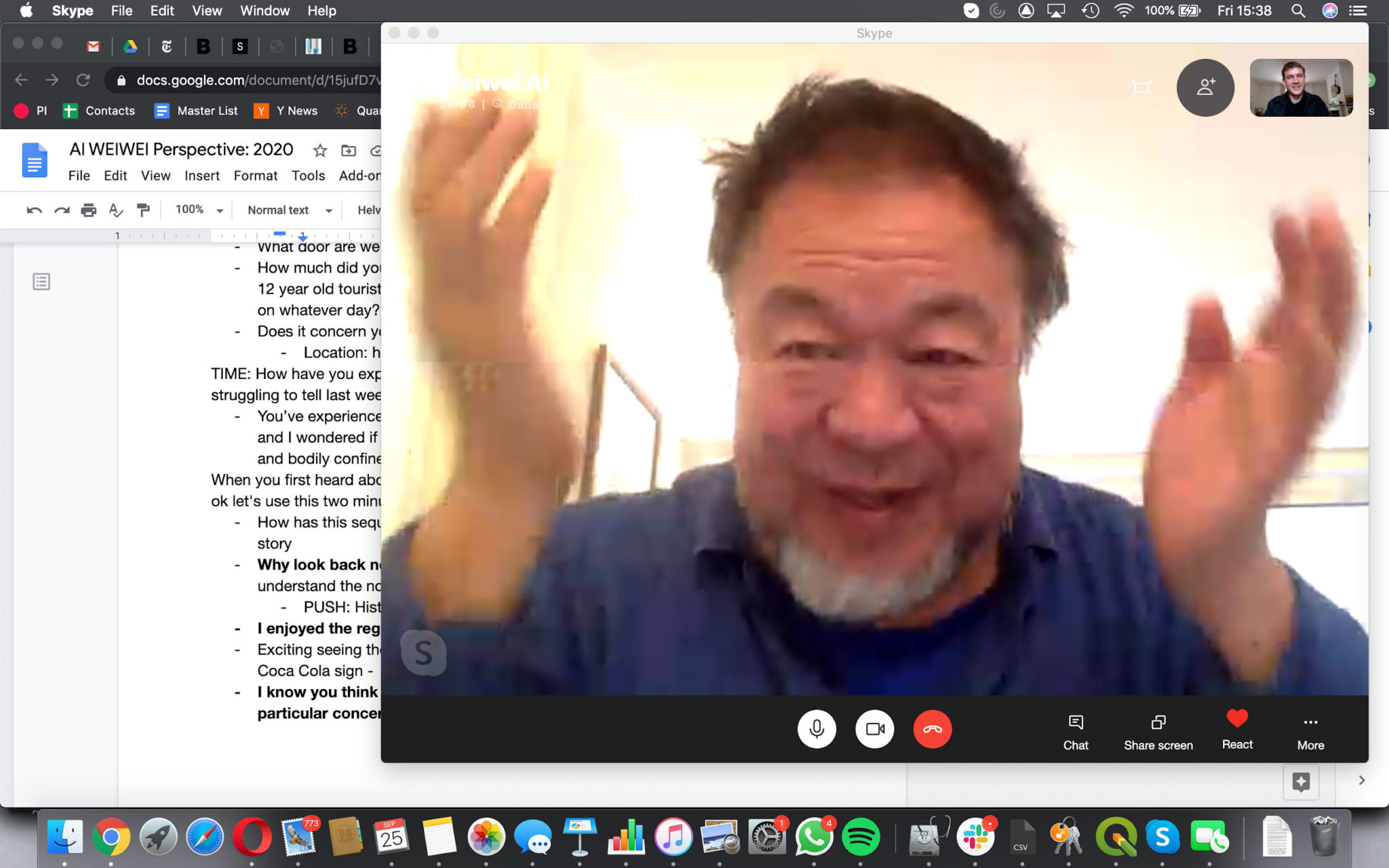Ai Weiwei’s Hope in The Jaws Of The Monster
By Matthew Ponsford

01 OCT 2020: ‘I loved New York—every inch of it. It was like a monster.’
In the story Ai Weiwei tells, there’s always got to be a monster. In New York – where his new series of films for CIRCA 2020 begin, amid street protests that set in motion his journey toward human rights activism – the city convulses like a beast. He writes in his diary after interrogation by a Chinese prison guard that it is always a monster that draws the soldier to a fight, and without this foe, the soldier has no identity. And the monster, he explains, is what we’re fighting today.
And yet the story he tells, again and again, teeters with hope, with personal joy, and even with belief in miracles. The moral, as it begins to appear, seems to be: the monster is not simply the totalitarian, not simply a power stronger than all of us. But we can’t win until we know what the monster is made of.
